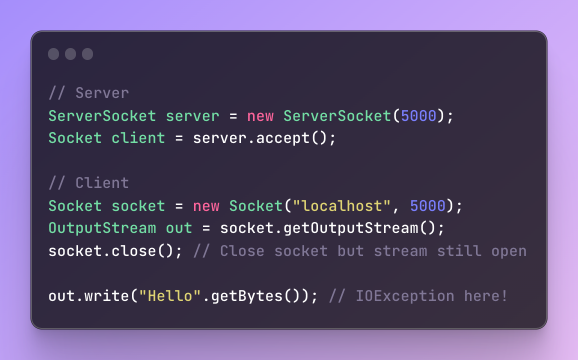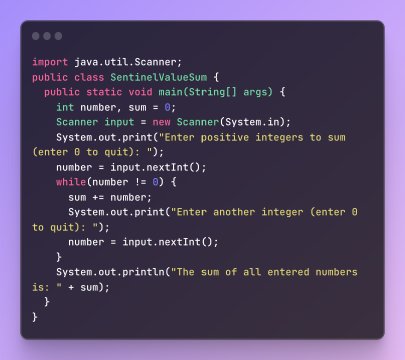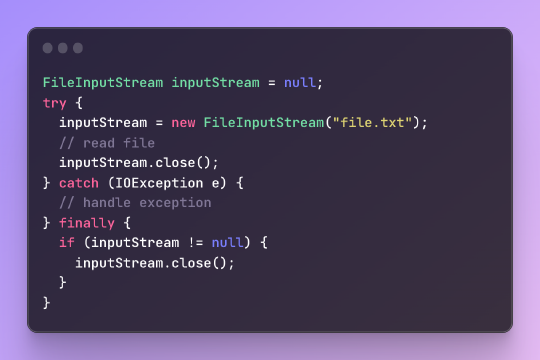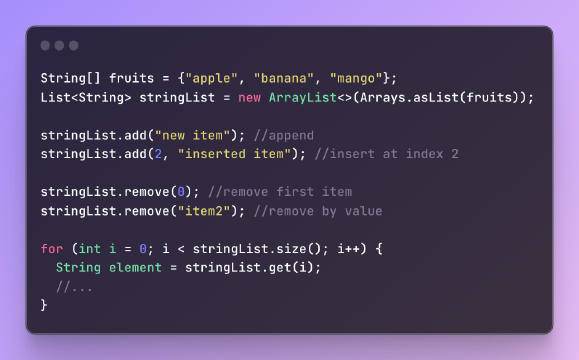Best Practices for Naming Conventions in MongoDB§
When working with MongoDB, it is crucial to establish and adhere to best practices for naming conventions. By doing so, developers can create a scalable and consistent database from the outset of a project. Following naming guidelines ensures that the database remains organized and manageable as it grows in size and complexity. Adhering to these conventions is essential for efficient database management, making it easier to query and maintain the database over time.
Choosing Database Names§
When naming databases in MongoDB, it is recommended to use camelCase for improved readability and consistency. Additionally, appending ‘DB’ to the end of the database name can provide clarity regarding the nature of the entity.
It is also important to keep database names short and meaningful. Short names are easier to work with and less prone to errors, while meaningful names contribute to better understanding and maintenance of the database. Avoiding special characters in database names is crucial for compatibility across different systems and programming languages.
Example:
ecommerceDB- A database for an e-commerce application.blogDB- A database for a blogging platform.
Naming Collections and Document Fields§
In MongoDB, it is advisable to use lowercase for both collection and document field names. This practice contributes to consistency and ease of use across different operations and queries. Additionally, opting for plural collection names enhances readability and organization within the database.
When naming document fields, it is recommended to avoid word separators whenever possible. Instead, utilizing CamelCase for document field names with a maximum of two separate words can improve clarity and maintain consistency throughout the database.
Example:
users- A collection containing user documents.products- A collection containing product documents.firstName- A field in a user document representing the user’s first name.productName- A field in a product document representing the name of the product.
Optimizing Name Length and Characters§
Maintaining short and concise names for databases, collections, and fields is crucial in MongoDB. Shorter names are easier to work with and can improve the efficiency of database operations. Additionally, avoiding special characters in names helps ensure compatibility across different systems and programming languages. The only exception to this rule is using the underscore as a prefix for internal MongoDB fields, which is a widely accepted practice.
Example:
orderDB- A concise and meaningful name for a database handling orders.customerReviews- A plural collection name for storing customer review documents.
Ensuring Consistency and Scalability§
Consistency in naming conventions across databases, collections, and fields is essential for ensuring scalability and efficient database management. By maintaining uniformity in naming, developers can easily scale the database as the application grows without encountering confusion or inconsistencies. Consistent naming conventions also contribute to improved maintainability and ease of collaboration among development teams.
Example:
- Using the same naming convention for similar fields across different collections, such as
emailfor the email field in both theusersandcustomerscollections. - Consistently using CamelCase for compound field names, such as
shippingAddressorbillingAddress, to maintain uniformity.
Implementing Effective MongoDB Naming Conventions§
Adhering to best practices for naming conventions in MongoDB is crucial for facilitating scalability and consistency in database management. By implementing effective naming conventions, developers can enhance the efficiency of database operations, leading to improved performance and maintainability. Consistent and thoughtful naming not only streamlines development processes but also lays a strong foundation for the long-term success of the database system.











